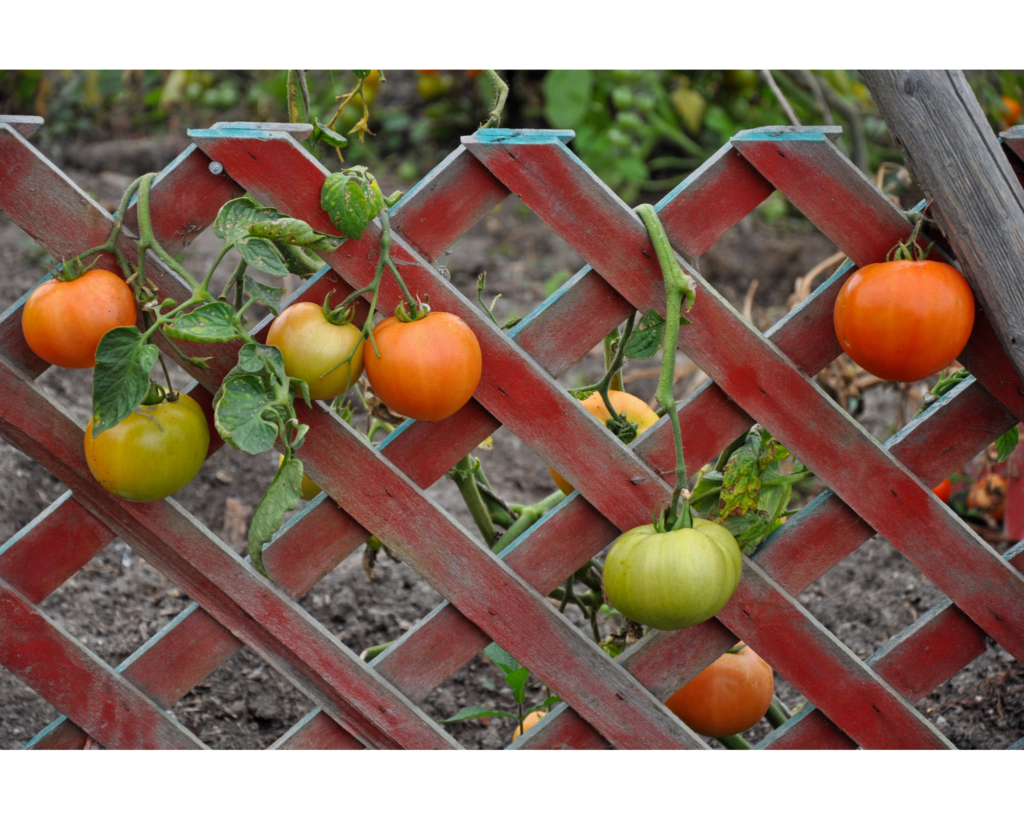Growing tomatoes indoors can be a rewarding experience, allowing you to enjoy fresh, homegrown tomatoes all year round. However, indoor tomato plants are not immune to various challenges, and one of the most common issues is tomato rot. Tomato rot can cause significant damage to your plants, resulting in loss of fruits and reduced yields. In this article, we will explore the causes of tomato rot and provide effective strategies for managing it on indoor-grown tomatoes.
Table of Contents
1. Understanding Tomato Rot
Tomato rot is a collective term used to describe several diseases that affect the fruit of tomato plants. The two most common types of tomato rot are blossom end rot and gray mold rot.
1.1. Blossom End Rot
Blossom end rot is characterised by brown or black spots that appear on the bottom end of the tomato fruit. This condition occurs due to a calcium deficiency in the plant, which leads to a breakdown of cell walls. Factors such as inconsistent watering, nutrient imbalances, and fluctuations in temperature and humidity can contribute to blossom end rot.
1.2. Gray Mold Rot
Gray mold rot, also known as botrytis fruit rot, is caused by the fungus Botrytis cinerea. It typically affects overripe or damaged tomatoes and spreads rapidly under humid conditions. Gray mold rot manifests as a grayish-brown fuzzy growth on the tomato fruit, often accompanied by a musty odour.
2. Prevention is Key
Preventing tomato rot is crucial for maintaining healthy indoor-grown tomatoes. By implementing the following preventive measures, you can significantly reduce the risk of tomato rot:
2.2. Provide Adequate Calcium
Maintain proper calcium levels in the soil to prevent blossom end rot. Test your soil regularly and amend it with calcium-rich supplements or crushed eggshells. Additionally, ensure balanced fertilisation to promote nutrient uptake and prevent deficiencies.
2.3. Optimise Watering Practices
Consistent watering is essential for healthy tomato plants. Avoid overwatering or allowing the soil to become excessively dry. Water deeply and regularly, ensuring the soil is evenly moist but not waterlogged. Mulching the soil surface can help retain moisture and prevent fluctuations in soil moisture levels.
2.4. Optimal Temperature and Humidity
Maintain a stable indoor environment with temperatures between 70-85°F (21-29°C) during the day and slightly cooler temperatures at night. Avoid extreme temperature fluctuations and provide good air circulation to reduce humidity levels, as high humidity can promote the growth of fungal pathogens.
2.5. Prune and Support Plants
Proper plant spacing, pruning, and providing adequate support help increase air circulation and reduce the chances of fungal infections. Remove lower leaves to improve airflow, and use stakes or cages to support the plants, keeping them off the ground.
3. Early Detection and Treatment
Despite taking preventive measures, tomato rot can still occur. Prompt detection and appropriate treatment can help minimise the damage caused. Here are some steps to take if you notice signs of tomato rot:
3.1. Remove Affected Fruits
As soon as you notice any signs of rot on tomato fruits, carefully remove and discard them to prevent the spread of fungal spores. This practice helps contain the disease and protects healthy fruits from contamination.
3.2. Adjust Environmental Conditions
If blossom end rot occurs, adjust watering practices to maintain consistent moisture levels in the soil. Monitor and control temperature and humidity levels, as high humidity can favour the development of gray mold rot. Good ventilation and air circulation are crucial in reducing humidity and preventing fungal growth.
3.3. Fungicidal Treatments
In cases of severe fungal infections, applying appropriate fungicides can be effective. Choose a fungicide labeled for tomato rot diseases and follow the instructions carefully. Be sure to apply the fungicide as a preventive measure or at the earliest signs of infection.
4. Choosing Resistant Varieties
When selecting tomato varieties for indoor cultivation, choose those with a proven resistance to common tomato rot diseases. Resistant varieties can significantly reduce the risk of infection and minimise the need for intervention.
5. Proper Crop Rotation and Sanitation
To prevent the recurrence of tomato rot in subsequent growing seasons, practice crop rotation. Avoid planting tomatoes in the same spot year after year, as this increases the likelihood of disease buildup in the soil. Additionally, maintain good sanitation practices by cleaning and disinfecting gardening tools, containers, and growing areas to prevent the spread of pathogens.
Conclusion
Successfully managing tomato rot on indoor-grown tomatoes requires a combination of preventive measures, early detection, and appropriate treatments. By understanding the causes of tomato rot, implementing proper preventive strategies, and promptly addressing any signs of rot, you can enjoy a bountiful harvest of healthy and delicious tomatoes throughout the year. Remember, a proactive approach and a healthy growing environment are key to minimising the impact of tomato rot and ensuring thriving indoor tomato plants.


